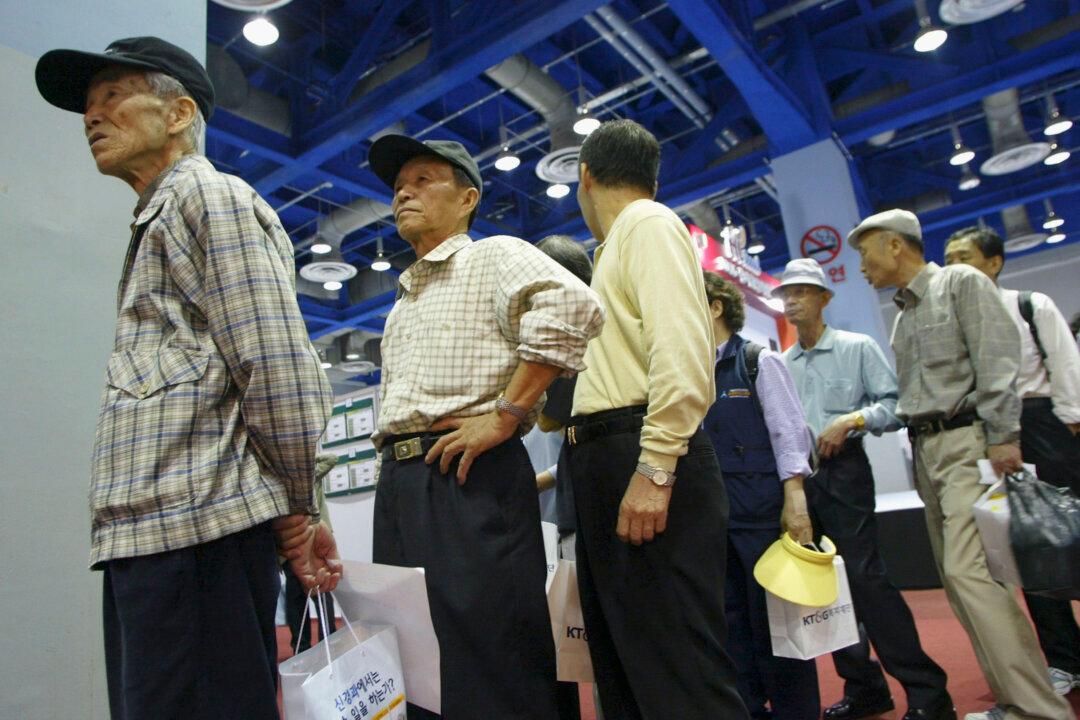South Korea’s debt-to-GDP ratio is projected to grow at the fastest pace among the world’s 35 most advanced economies over the next five years, and its potential GDP growth rate from 2030 to 2060 is also projected to be the lowest among the 38 OECD member countries.
According to the International Monetary Fund’s (IMF) latest Fiscal Monitor report, South Korea’s government debt-to-GDP ratio is projected to reach 66.7 percent in 2026, an increase of 15.4 percentage points from the current 51.3 percent. IMF regards it as having the fastest debt growth rate among the 35 most developed countries listed.





